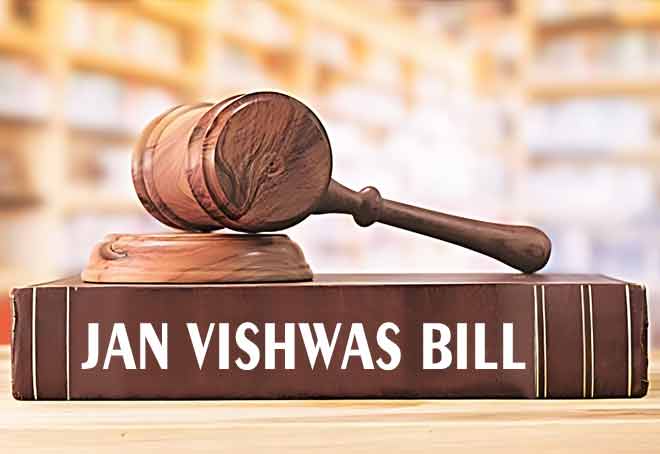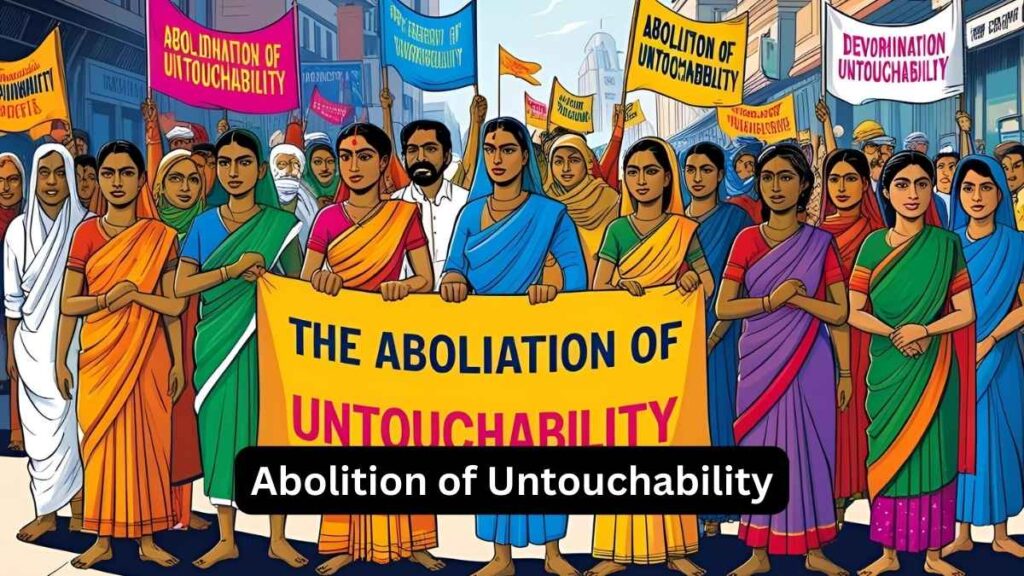Font size:
Print
Software Technology Parks of India (STPI)
Context:
After over 30 years of shaping India’s IT services sector, STPI is shifting its focus to support the tech startup ecosystem and Global Capability Centers (GCCs).
More on News:
- The initiative aims to disrupt the concentration of startups in major cities like Bengaluru, Mumbai, Hyderabad, and Delhi-NCR by encouraging growth in locations like Bhubaneswar, Indore, and Patna.
- This initiative is vital for fostering innovation and supporting the rapid growth of India’s startup ecosystem, leveraging the potential of underutilised regions.
About STPI
- Establishment: Set up in 1991 as an autonomous society under the Ministry of Electronics and Information Technology (MeitY).
- Objective: Promote software exports from India.
- Function: Acts as a ‘single-window’ service provider for software exporters, offering various services such as:
- Statutory services
- Data communications services
- Incubation facilities
- Training and value-added services
- Focus Areas: Promotes the IT/ITES industry, innovation, R&D, startups, and product/IP creation in emerging technologies.
New Initiatives:
- STPI will soon establish 10 new parks in Tier-II and Tier-III cities to provide essential infrastructure for the next generation of technology startups.
- Currently, STPI operates 65 centres, with 57 located in these smaller cities. The government has approved an additional 20 centres in the next phase.
Key Highlights:
- Objectives of the New Parks: The new parks will offer tech startups access to computing power, research facilities, and an innovative environment, fostering decentralisation of the startup ecosystem beyond metro cities.
- High-Performance Computing: The new parks will feature advanced computing infrastructure, including cloud and GPU services, critical for startups focusing on AI and machine learning.
- Partnerships for Innovation: STPI has partnered with Yotta Infrastructure to provide affordable GPU services to support compute-heavy applications for early-stage startups.
- Scalable Cloud Solutions: STPI plans to expand its collaboration with ESDS Software Solutions to offer scalable cloud infrastructure, helping startups overcome entry barriers in tech innovation.
Tier Cities
- Tier cities in India are a classification system used to categorise urban areas based on their size, economic development, and infrastructure.
- This classification is often used by businesses, investors, and researchers to understand the potential and challenges of different regions.
- The Basic Tiers:
-
- Tier I: These are the largest and most developed cities, often considered metropolitan centres.
- Examples include Mumbai, Delhi, Bengaluru, Chennai, and Kolkata etc.
- Tier II: These cities are smaller than Tier I but still have significant economic activity and infrastructure.
- Examples include Bhubaneswar, Jaipur, and Chandigarh etc.
- Tier III: These are smaller cities with developing infrastructure and economies.
- Examples include Roorkee, Meerut, Nashik etc.
- Tier I: These are the largest and most developed cities, often considered metropolitan centres.


